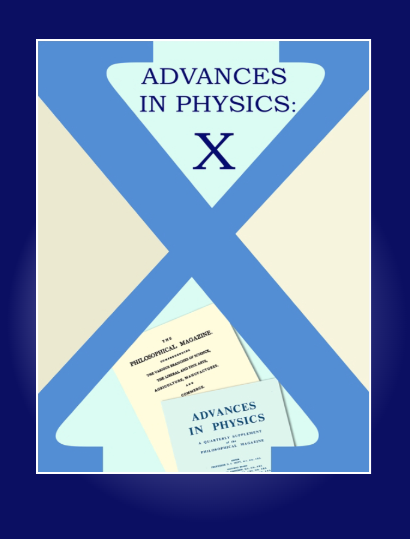Deep learning for topological photonics
IF 7.7
2区 物理与天体物理
Q1 PHYSICS, MULTIDISCIPLINARY
引用次数: 12
Abstract
ABSTRACT In this paper, we review the specific field that combines topological photonics and deep learning (DL). Recent progress of topological photonics has attracted enormous interest for its novel and exotic properties such as unidirectional propagation of electromagnetic waves and robust manipulation of photons. These phenomena are expected to meet the growing demands of next-generation nanophotonic devices. However, to model and engineer such highly-complex systems are challenging. Recently, DL, a subset of machine learning methods using neural network (NN) algorithms, has been introduced in the field of nanophotonics as an effective way to capture a complex nonlinear relationship between design parameters and their corresponding optical properties. In particular, among various fields of nanophotonics, DL applications to topological photonics empowered by NN models have shown astonishing results in capturing the global material properties of topological systems. This review presents fundamental concepts of topological photonics and the basics of DL applied to nanophotonics in parallel. Recent studies of DL applications to topological systems using NN models are discussed thereafter. The summary and outlook showing the potential of taking data-driven approaches in topological photonics research and general physics are also discussed. Graphical Abstract拓扑光子学的深度学习
本文综述了拓扑光子学与深度学习(DL)相结合的具体领域。近年来,拓扑光子学以其电磁波的单向传播和光子的鲁棒性等新奇特性引起了人们的极大兴趣。这些现象有望满足下一代纳米光子器件日益增长的需求。然而,对这种高度复杂的系统进行建模和设计是具有挑战性的。近年来,利用神经网络(NN)算法的机器学习方法子集DL作为捕获设计参数与其相应光学性质之间复杂非线性关系的有效方法被引入纳米光子学领域。特别是,在纳米光子学的各个领域中,由神经网络模型授权的深度学习应用于拓扑光子学,在捕获拓扑系统的整体材料特性方面显示出惊人的结果。本文综述了拓扑光子学的基本概念,并介绍了DL在纳米光子学中的应用。随后讨论了近年来利用神经网络模型将深度学习应用于拓扑系统的研究。本文还对数据驱动方法在拓扑光子学和普通物理学研究中的潜力进行了总结和展望。图形抽象
本文章由计算机程序翻译,如有差异,请以英文原文为准。
求助全文
约1分钟内获得全文
求助全文
来源期刊

Advances in Physics: X
Physics and Astronomy-General Physics and Astronomy
CiteScore
13.60
自引率
0.00%
发文量
37
审稿时长
13 weeks
期刊介绍:
Advances in Physics: X is a fully open-access journal that promotes the centrality of physics and physical measurement to modern science and technology. Advances in Physics: X aims to demonstrate the interconnectivity of physics, meaning the intellectual relationships that exist between one branch of physics and another, as well as the influence of physics across (hence the “X”) traditional boundaries into other disciplines including:
Chemistry
Materials Science
Engineering
Biology
Medicine
 求助内容:
求助内容: 应助结果提醒方式:
应助结果提醒方式:


